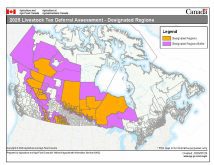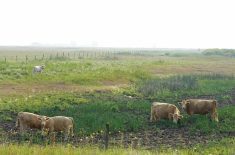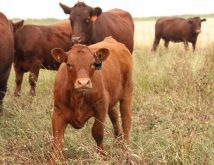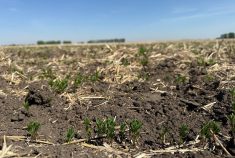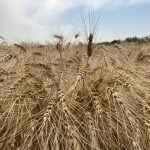More livestock producers in the West who had to sell breeding stock due to drought in the 2015 tax year will be able to defer some or most of that income at tax time.
Federal Agriculture Minister Lawrence MacAulay on Tuesday announced more designated areas in all four western provinces where producers will be eligible for livestock tax deferral provisions, on top of the areas already designated in July 2015.
From April 1 to July 21 in 2015, 60 per cent of Prairie farmland received below-normal precipitation, impacting forage production. The affected area now represents about 27,000 farms and over 5.8 million cattle, the government said Tuesday.
Read Also
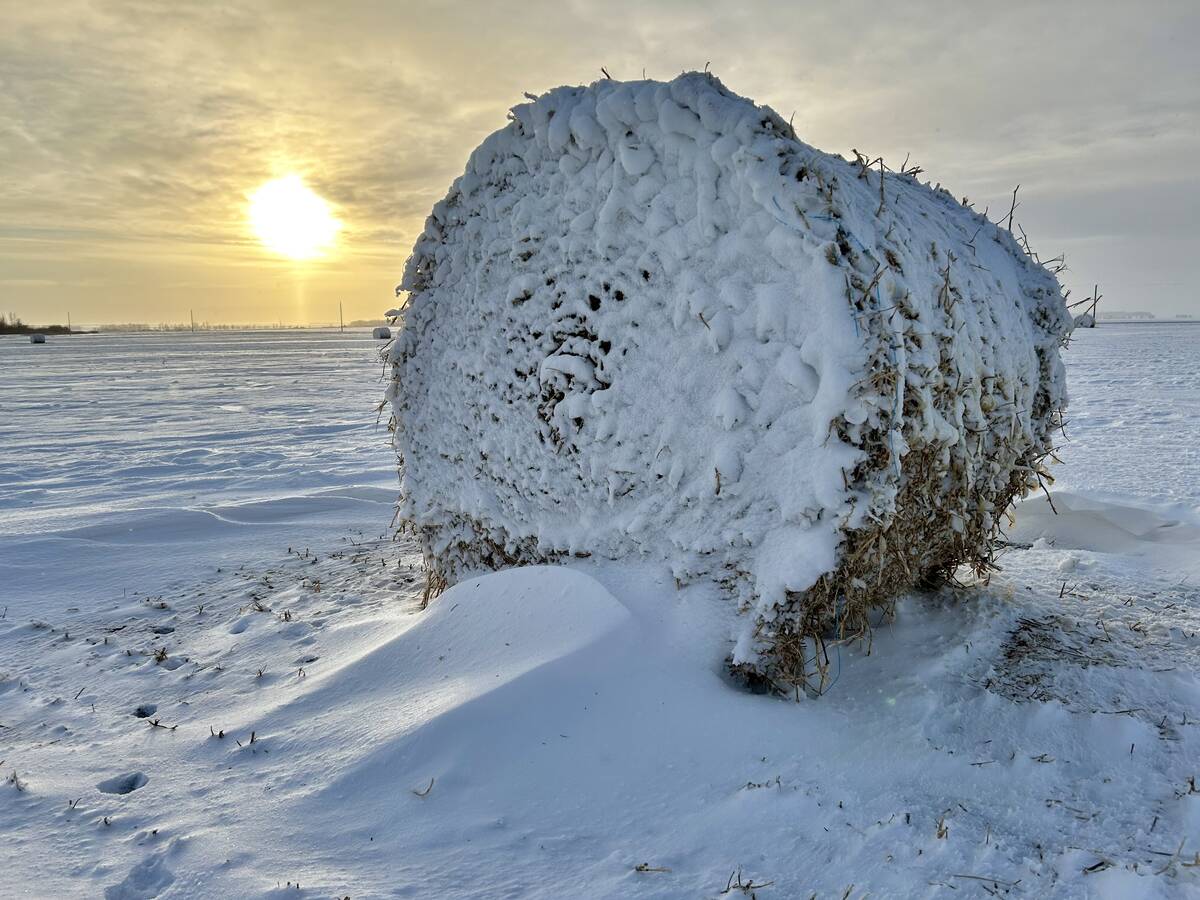
Prairie forecast: Northwest flow ushers in a wintery pattern across the Prairies
Manitoba and Saskatchewan can expect cold temperatures to settle in. Alberta will benefit from some moderating influences, with colder temperatures not expected to last long.
The low moisture levels resulted in “significant forage shortages for livestock producers across Western Canada,” forcing some to sell all or part of their breeding herds.
The updated list of all jurisdictions where producers are eligible for the deferrals for the 2015 tax year is available here.
In Alberta, designations announced Tuesday include the County of Grande Prairie, Saddle Hills County and the Municipal Districts of Greenview and Spirit River.
In Saskatchewan, rural municipalities (RMs) added Tuesday include Big River, Brokenshell, Canwood, Chester, Dundurn, Fillmore, Hazel Dell, Indian Head, Kelvington, Lake Alma, Laurie, Lost River, Montmartre, Porcupine, Preeceville, Rosedale, Scott, Wellington and Weyburn.
In British Columbia, census subdivisions added Tuesday include Bulkley-Nechako (A through G), Cariboo (A through D, F, H, I), Columbia-Shuswap (C through F), Kitimat Stikine B, North Okanagan F and Thompson-Nicola (A, B, L, O, P).
In Manitoba, designations added Tuesday include the RM of Riding Mountain West and the Municipality of Ste. Rose.
In designated areas, eligible producers who sold breeding livestock may be allowed to defer some or most of the income tax on those sales for one year. Proceeds from deferred sales are included as income in the next tax year, to be “at least partially offset” by the cost of buying breeding animals.
Eligible producers will be able to request the tax deferral when filing their 2015 income tax returns.
To qualify, a producer’s breeding herd must have been reduced by at least 15 per cent, from which 30 per cent of income from net sales can then be deferred.
Where a herd has been reduced by more than 30 per cent, 90 per cent of income from eligible net sales can be deferred.
Producers in areas that get consecutive years of drought or excess moisture designation will be able to defer sales income to the first year in which their areas are no longer designated. In 2014, B.C. and Alberta saw designations due to drought, while Manitoba and Saskatchewan saw designations due to excess moisture.
A federal agriculture minister may call on the Canada Revenue Agency to allow such tax deferrals when impact is deemed “significant” — that is, where forage yields in a given year are less than 50 per cent of the long-term average, across an area large enough to have an impact on the industry.
“Tax deferrals can help producers reduce their losses and focus on rebuilding their herds for the coming year,” MacAulay said Tuesday. — AGCanada.com Network





